Redwoods
These ancient forest titans are the world's tallest, biggest, fastest growing, and longest living trees — and our most powerful tool for sequestering carbon.
Plant a Redwood arrow_forward_ios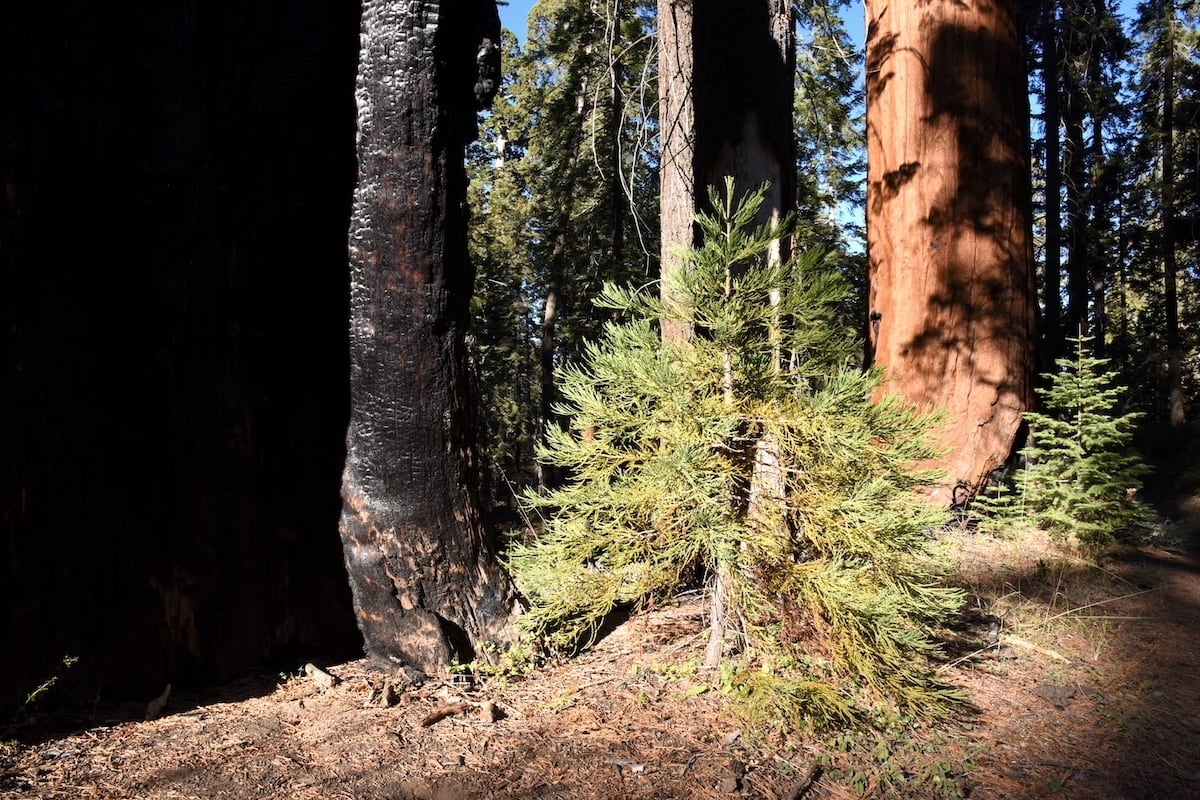
LONG AGO
Shortly after the dinosaurs were wiped out, the ancestors of today’s redwoods covered the northern hemisphere. 20 million years ago they disappeared from Europe, and since then, their territories have shrunk and expanded many times until they were limited to only the Sierra Nevada's and remote areas in China.
When the Redwoods were discovered around 1850, there were an estimated 1,500,000 of them standing. Today, their numbers have dropped by 95%, with fewer than 65,000 remaining today.
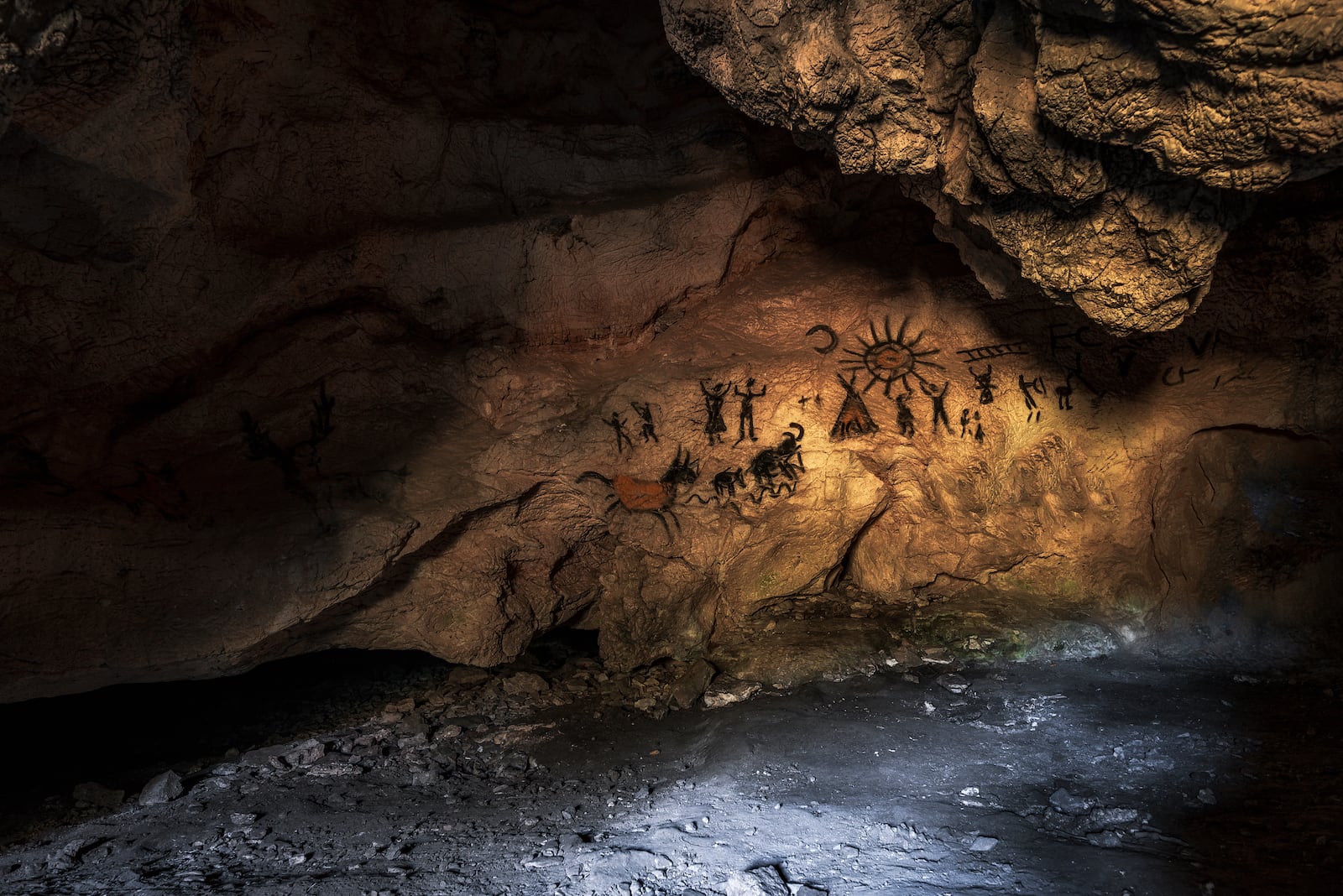
FOSSIL RECORD
Redwoods are an ancient species, in fact, the first redwoods, Sequoia jeholensis, have been found in deposits from the Jurassic period, and show little change over the last 120 million years. Their fossils have been discovered across Europe, from Svalbard in the Arctic Circle, south to the Mediterranean, and across Asia, China, and Japan.
During the glacial periods, the redwoods in Europe migrated south to the Mediterranean, where they went extinct approximately 20 million years ago. Meanwhile, in North America, the redwood’s territory shrunk and expanded over multiple cooling and warming periods, until they only existed in the Sierra Nevada Mountains — where they lay hidden until their discovery in the mid-19th century.
HOW REDWOODS MEASURE UP

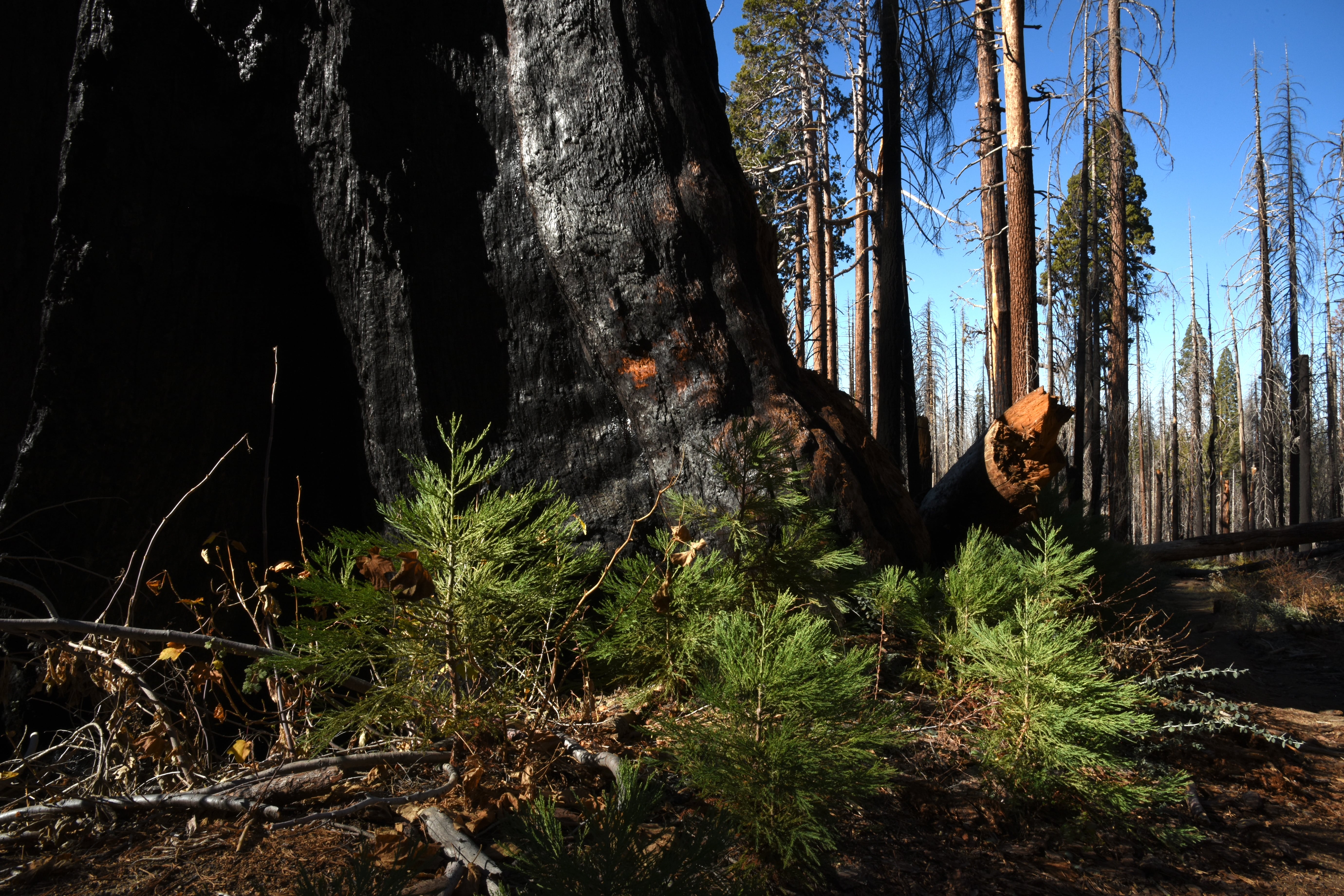
WHY REDWOOD AFFORESTATION
There is no other tree species that grows bigger, taller, faster, or lives longer than the redwoods - making them the best tree to fight climate change. In fact, every Giant Sequoia that we plant is the equivalent of planting 250 regular trees - that's how powerful they are.

FOREST FIRE & REDWOODS
Redwoods are naturally resistant to fire, with many redwoods bearing the scars of prior blazes. But they are not immune, and if a fire is intense enough or burns long enough, then even these giants can perish. During the last two forest fire seasons, an estimated that 20% of the remaining old growth redwoods have been destroyed by fire, reducing their population to 65,000. You can help ensure their survival and fight climate change today.
Plant a Redwood arrow_forward_ios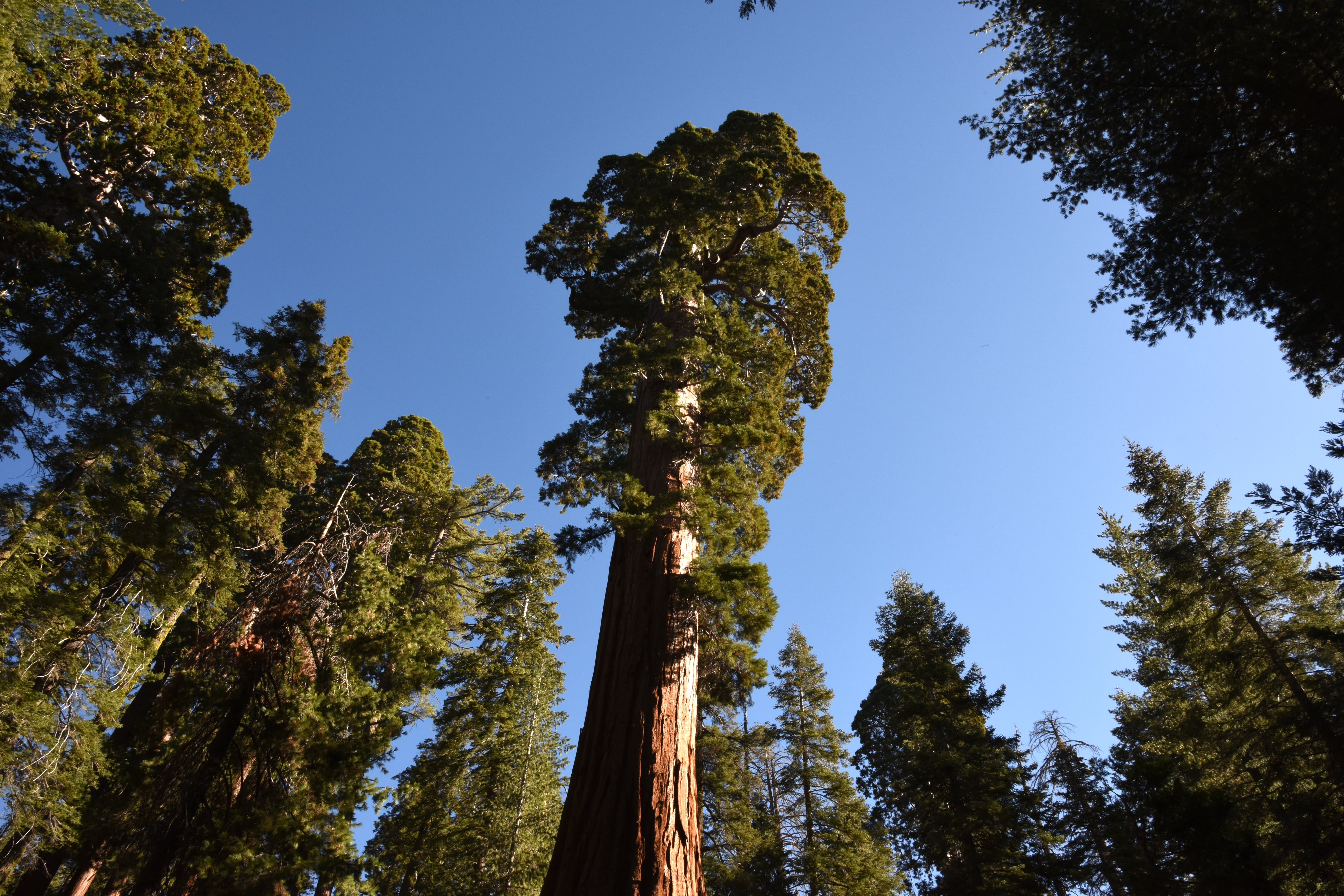
GIANT SEQUOIAS
Words cannot describe just how massive this forest giant is. Towering almost 300 hundred feet into the sky, and as wide as a house, the Giant Sequoia has inspired us for over 170 years. There is no other tree on Earth that can compete in sheer mass. In fact, one of the most well-known Giant Sequoias, The General Sherman, continues to grow enough new wood to build a house every single year.
Plant a Giant Sequoia arrow_forward_ios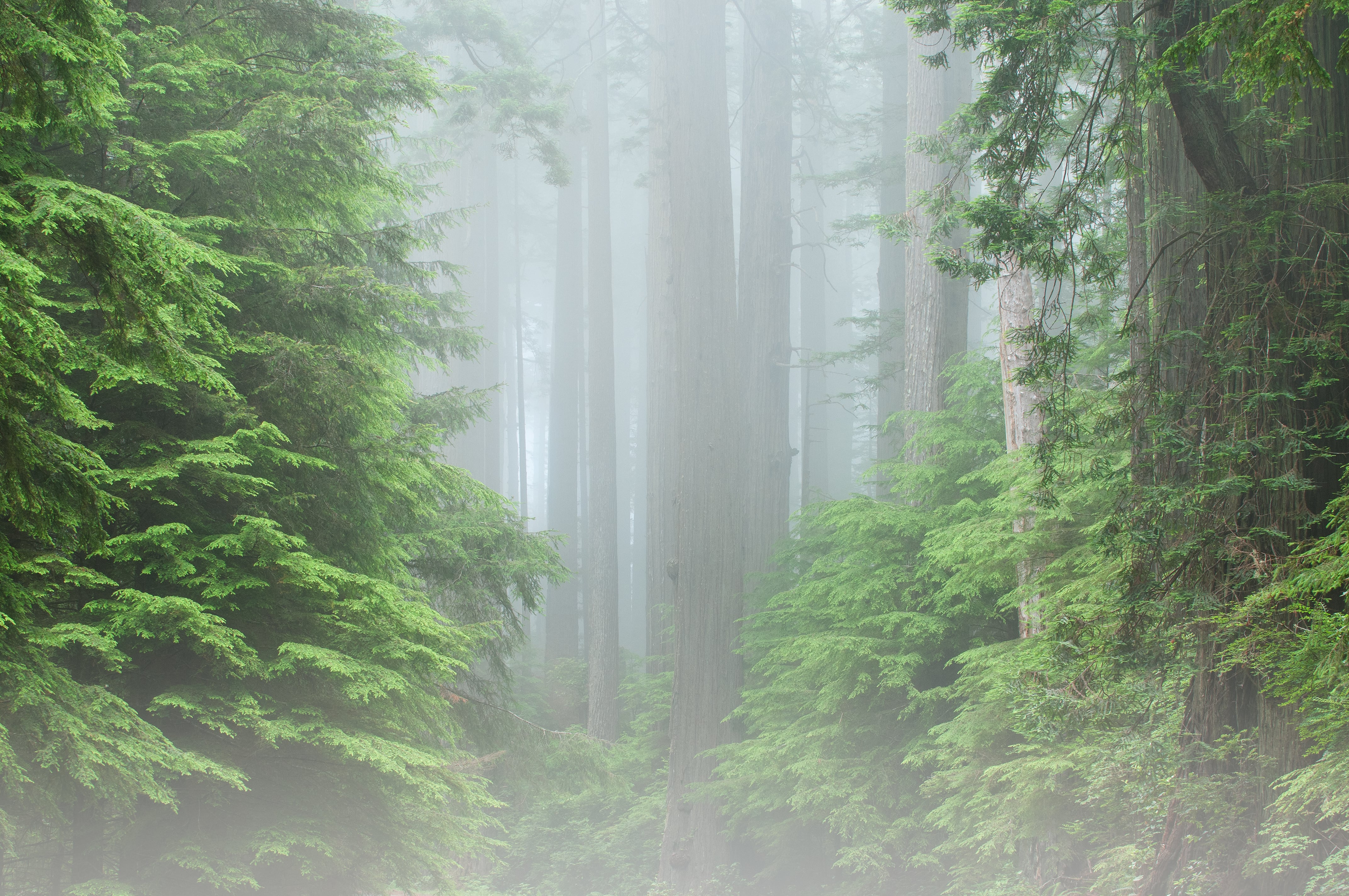
COASTAL REDWOODS
No other tree grows taller and faster than a Coastal Redwoods. These forest titans exceed all other trees in height, including Douglas Fir, Mountain Ash, Sitka Spruce, and even Giant Sequoias. Though they cannot compete with the Giant Sequoia in its sheer mass, they can still reach impressive widths with trunks 22-feet or more at their base. Along with the tree’s extraordinary growth rate of up to 10 feet per year, as well as a 2,000+ year lifespan, Coastal Redwoods are an ideal candidate for fighting climate change.
Plant a Coastal Redwood arrow_forward_iosNEWSLETTER SUBSCRIPTION
Subscribe to our newsletter to receive news & updates on the journey to fight climate change!